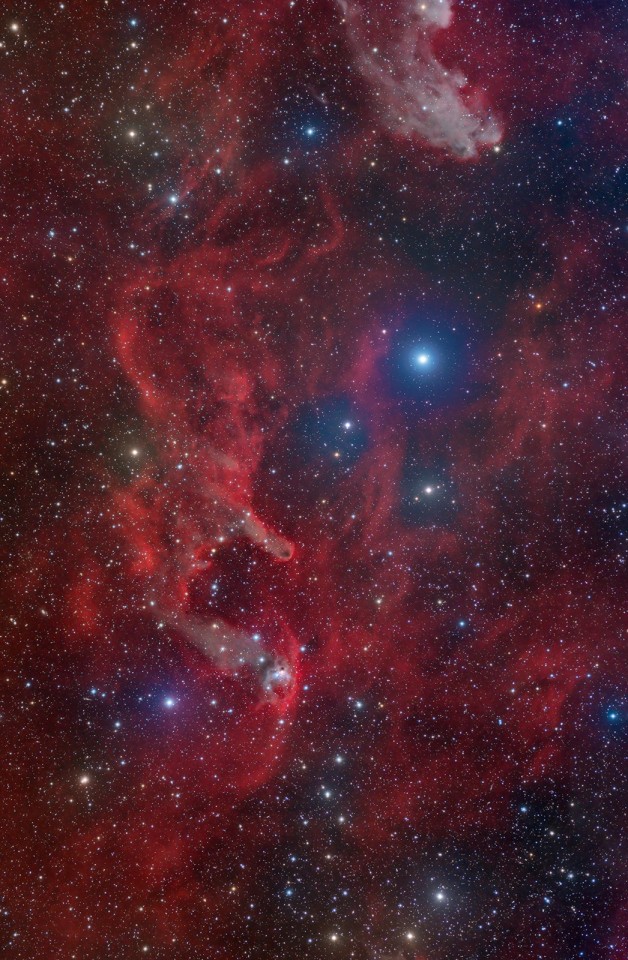Note
"Not sure what science really is, but hello!"
Then you've come to the right place to find out! You're in!
0 notes
Note
I would like to be a part of this as well!
You're in!
0 notes
Note
"Science? Mmm. Perhaps I may join? To focus my knowledge to every part of the world, this may open new areas to learn about."
Of course you can join! Everyone is welcome here! You're in!
0 notes
Note
"Deekin not knows what science is, but Deekin love learning! Can he be part of club?"
"He sure can! You're in!"
1 note
·
View note
Note
"Hello! I specialize in biology, and I'm very interested in your club, here!" [[also i could be a cofounder if you want oooooh]]
Looks like we just found our co-founder! You're in!
0 notes
Text
Interested in Science? Then why not join the Hope's Peak Science Club! We offer hangouts and events to further your knowledge in the field as well as to provide a fun community in which you can gain friendship! If you'd like to know more check out the links on the page and join if you feel this club is right for you!
4 notes
·
View notes
Video
youtube
Underwater explosions often behave non-intuitively. Here researchers explore the effects of surface explosions by setting off charges at the air/water interface. Initially, an unconfined explosion’s blast wave expands a cavity radially into the water. This cavity collapses back toward the surface from the bottom up, ultimately resulting in a free jet that rebounds above the water level. Confined explosions behave very differently, expanding down the glass tube containing them in a one-dimensional fashion. The cavity never extends beyond the end of the glass tube, likely due to hydrostatic pressure. (Video credit: Adrien Benusiglio, David Quéré, Christophe Clanet)
222 notes
·
View notes
Photo


NEW SPECIES: WALKING SHARK DESCRIBED FROM INDONESIA
A new ‘walking' bamboo shark, Hemiscyllium halmahera, has been discovered at Weda Resort at Halmahere, Lembeh. is the newest species of elasmobranch to be described.
reference: Gerald R. Allen, Mark V. Erdmann and Christine L. Dudgeon 2013: Hemiscyllium halmahera, a new species of Bamboo Shark (Hemiscylliidae) from Indonesia
source gif: Video
46K notes
·
View notes
Photo
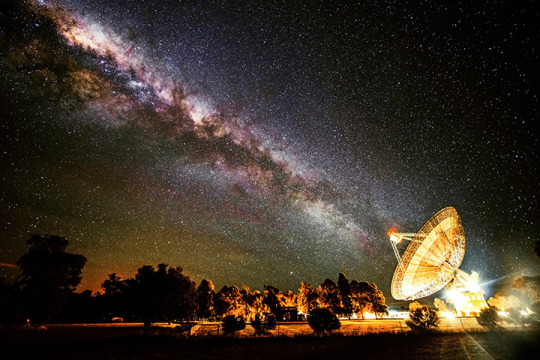
Astrophotographer of the Year 2013 Shortlist 8 of 15
A 64-meter dish at an observatory in Australia appears to be receiving the Galactic Beam in this amaaaaazing photo by Wane England.
415 notes
·
View notes
Photo
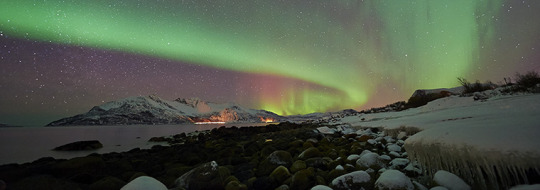
Astrophotographer of the Year 2013 Shortlist 13 of 15
The glimmering aurora appears to follow the contours of the shoreline in this gorgeous photo snapped by Mike Curry.
53 notes
·
View notes
Photo

The Trifid Nebula in Stars and Dust
Credit & Copyright: R. Jay GaBany (Cosmotography.com)
Explanation: Unspeakable beauty and unimaginable bedlam can be found together in the Trifid Nebula. Also known as M20, this photogenic nebula is visible with good binoculars towards the constellation of Sagittarius. The energetic processes of star formation create not only the colors but the chaos. The red-glowing gas results from high-energy starlight striking interstellar hydrogen gas. The dark dust filaments that lace M20 were created in the atmospheres of cool giant stars and in the debris from supernovae explosions. Which bright young stars light up the blue reflection nebula is still being investigated. The light from M20 we see today left perhaps 3000 years ago, although the exact distance remains unknown. Light takes about 50 years to cross M20.
364 notes
·
View notes
Photo
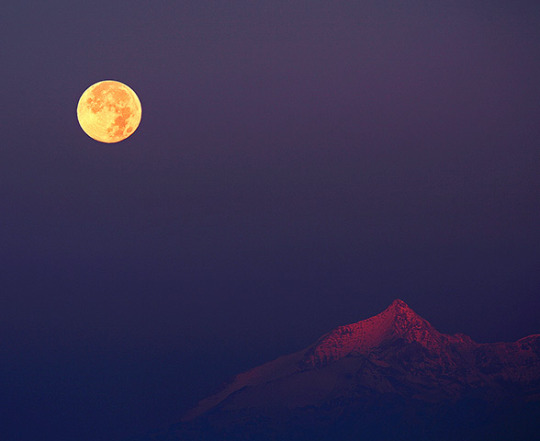
Astrophotographer of the Year 2013 Shortlist 6 of 15
The full moon glows a warm orange over snowcapped alps as seen by Stefano De Rosa.
444 notes
·
View notes
Photo
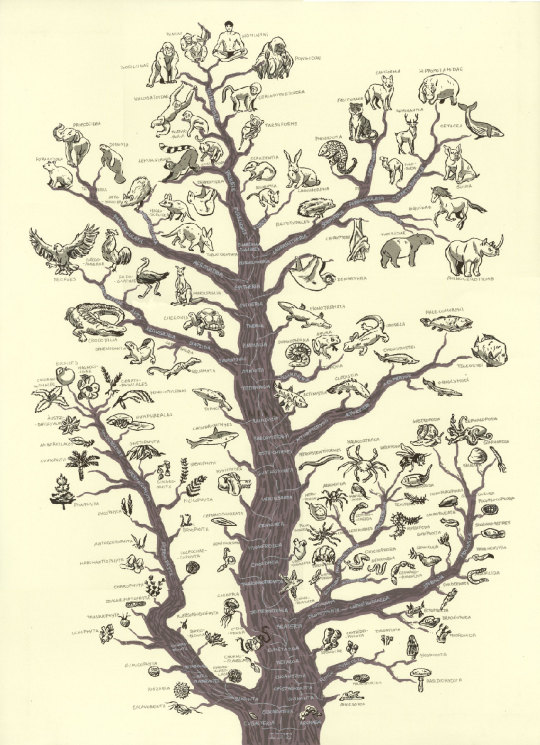
I recently completed silkscreening my “tree of life” print. It’s an edition of 20 printed on Stonehenge vanilla paper. You can read the sordid manufacturing details here. I based the information the tree is built on from the book :The tree of life: A phylogenetic classification, so if there’s any information that’s wrong (which I assume there will eventually be), blame the book. Because there’s only so much I can comfortably fit on a 22x30 inch piece of paper, I decided to focus on lifeforms people can see with the naked eye.
252 notes
·
View notes
Photo

And another pinch of fireworks to finish this 4th July, from Physicist TV's hand,
9K notes
·
View notes
